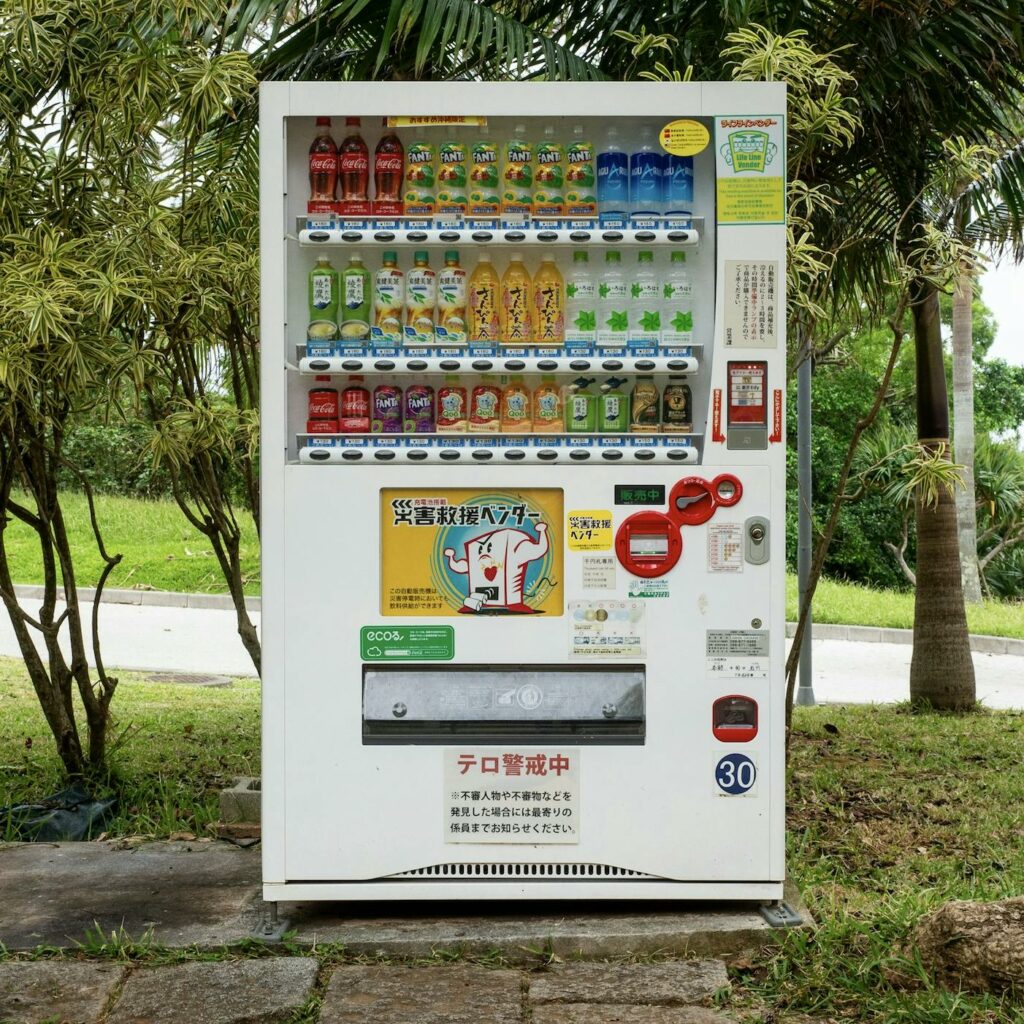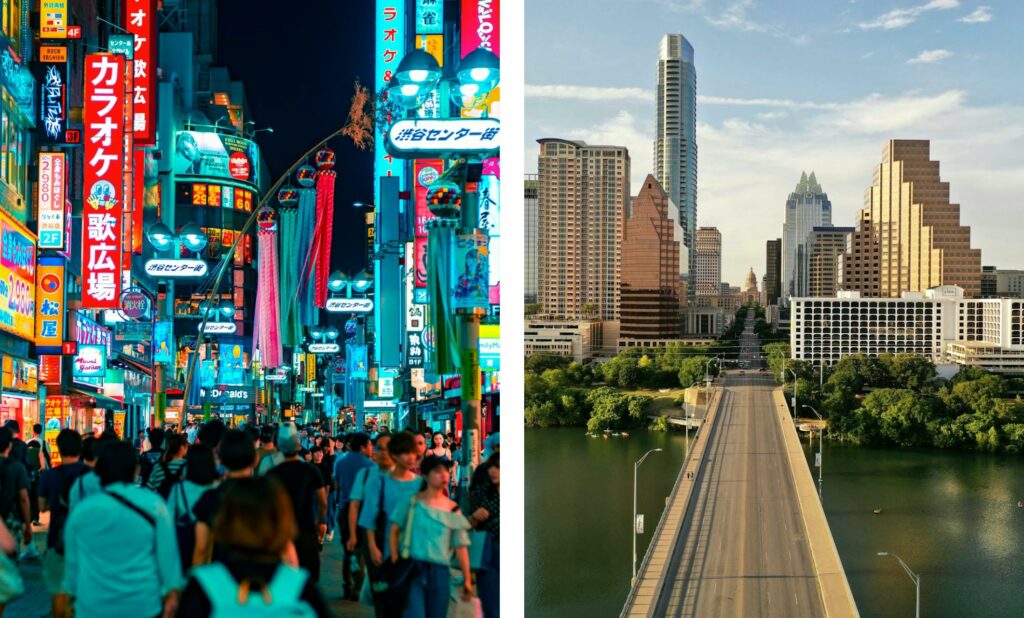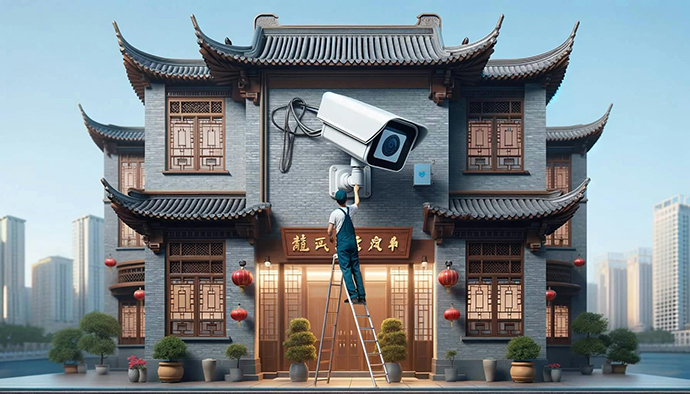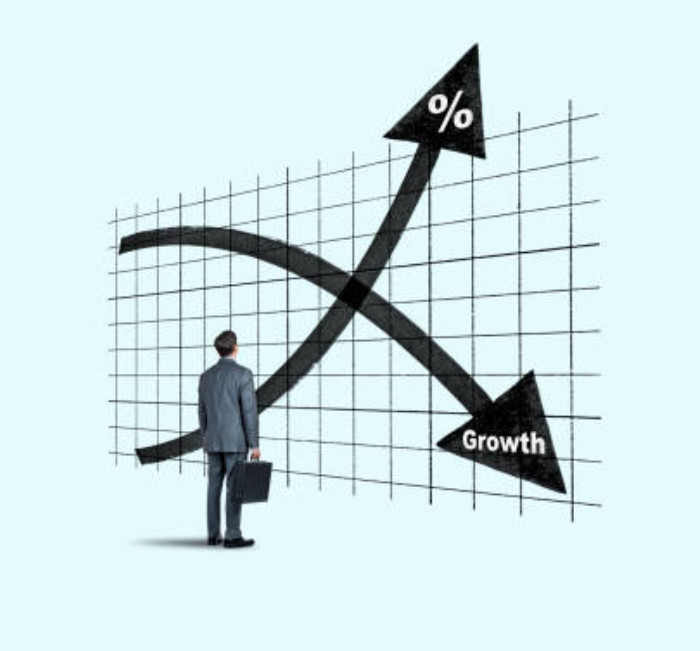Today, we have a guest post from Alts community member MoneyLemma.
MoneyLemma is a hedge fund analyst who delves into random and unanswered questions in modern finance, such as: Why is the TI-83 calculator still a thing? and Did 17th-century Caribbean pirates earn more than today’s NFL players?
In this issue we’re looking at vending machines. For years, influencers have been singing their praises, claiming they’re an easy path to passive income.
But it turns out America’s market is saturated, and those claims are probably overstated.
We’ll start by looking at Japan, the center of vending machine innovation. Why do they have so much capacity? What do they do differently than the US?
Let’s go 👇
Table of Contents
🚀 The AI Future of Marketing 🚀
With 7,000+ investors, RAD AI is disrupting the $633b content and data industry.
They help brands create content that resonates deeply with their target audience and, most importantly, deliver outsized ROI.
Last year we did an issue questioning if RAD AI is a good investment. Since then…
- Nvidia’s value went to $2 trillion
- Cisco spent $28b on its largest AI acquisition ever, and
- Reddit’s move to license data for AI has re-energized the IPO market.
That’s the power of AI…

For RAD, the potential is evident in the numbers:
- $27m raised since 2018
- 7,000+ investors, including VCs, execs at Google, Amazon and Meta
- ~3X revenue growth from 2022 to 2023 — while landing major clients, including Hasbro, Skechers, and Sweetgreen
- Leadership has 5 exits between them.
Only 8 days left to invest: Round closes 4/29
This is a paid advertisement for RAD AI’s Regulation CF offering. Please read the offering circular and related risks at invest.radintel.ai
Japan: Where vending machines are urban icons
Vending machines are to Tokyo what red phone booths are to London or leaky bags of garbage are to New York.
They pepper the streets like lost coins and constitute iconic landscape features; the type that trigger almost subliminal recognition in a photograph.
Anyone who knows London instantly recognizes the red phone booths. And anyone who knows Tokyo instantly recognizes this:

Japan has over 5 million vending machines. That’s twice the density of any other country, and amounts to one vending machine per 25 residents.
Mechanized butlers became popular in the 1950s, while industrializing Japan began its addiction to all things robotic & automated.
Vending machines became a national obsession and beverage companies met demand with supply at literally every corner.
Still, even if Japanese people really love vending machines, and they do, one machine per 25 residents seems a bit extreme, right?
Vending machine strategy
Vending machines are a low-margin business.
To make a $50 monthly profit, a vending machine must sell around 250 drinks. That means unless everyone in Japan is vending ten drinks a month, most machines are unprofitable.
Available evidence suggests most Japanese vending machines are indeed unprofitable.
A case in point is Ito En, a publicly traded beverage company with a massive 30% share of the bottled green tea market.

Ito En operates 120,000 vending machines (~3% of the national supply). They’ve acknowledged its vending channel contributes 7% of its sales, but contributes zero profit margin!
So, why do they keep operating them?
Ito En continues to operate the machines because they act as billboards. (And they might be important to a few loyal customers).
Japan’s vending machines are mostly owned by large beverage/alcohol conglomerates: Asahi, Kirin, Coke, Ito En, and Suntory.

While these companies have mentioned reducing their vending footprint, they aren’t exactly in a rush. These things still have plenty of economic value, even if they’re unprofitable on a per-unit basis.
So the most likely path forward for Japan is a continuation of the current state. In the near-term, Japan’s street vending machines will avoid the fate of London’s red telephone booths. Japan is probably not at peak vending.
The United States, however, is another story.
Is America at peak vending?
The US has one vending machine per 66 residents — less than half as dense as Japan. (But still it means America has more vending machines than defibrillators.)
Vending Market Watch reports that between 2005 and 2015, about a million new machines were added, largely by independent operators who perceive vending to be a viable side hustle.
Vending machine influencers are lying to you
Vending machines are the type of “passive income” that influencers absolutely love to monetize talk about, through an endless stream of YouTube and TikTok videos.
From the Wall Street Journal:
In videos with titles such as “This Is HOW MUCH My Vending Machines Made IN 7 DAYS!!” the swoopy-haired 23-year-old Texan [Jaime Ibanez] makes the rounds to his 51 machines, stocking them and taking the profits.
His channel promotes the idea that with diligence and luck, anyone can go from snacks to riches. Social media has fueled the notion of finding financial freedom in vending machines.
Between 2019 and 2023, the number of posts or comments mentioning “passive income” and “vending machines” more than tripled on X and increased by a factor of six on Instagram. Google search interest in passive income increased 75% during that same period.
There’s just one small problem: they’re not passive.
Vending machine economics
The Hustle broke down the unit economics for an average vending machine. On average, they cost about $5,000 to get up & running, and take in $500/month.
But…
- 50% of that goes to COGS (food costs)
- 20% typically goes to rent (the owner of the real estate)
- 15% goes to overhead (electricity, storage, maintenance, repairs, loss, theft, vandalism, or insurance)
- 5% goes to card fees
Of course, this doesn’t even include labor. Machines don’t stock themselves, they take at least an hour per week to operate.
When all is said and done, the average vending machine owner will be lucky to take home $50/month, or $600 per year.
Oh, and profits are decreasing. Vending Market Watch estimated that between 1995 and 2015, revenue per machine halved (and that’s before inflation.)
The bottom line is this: In most cases, the current economics of vending machines don’t make sense.
Yet more vending machines are installed every day. Maybe it’s the allure of the side hustle, maybe it’s self-promotional TikTokers lying through their unnaturally white and square teeth, maybe people just want an excuse to buy Andy Capp’s hot fries by the pallet.

It’s clear that the US market, like the Japanese market, has become oversaturated with vending machines.
But unlike Japan, almost 70% of America’s vending machines are owned by independent entrepreneurs. There’s no hidden corporate strategy here; if these machines aren’t profitable, they’ll eventually be shut down.
Each new vending machine hustler is crowding into the Yukon hoping to find that one slice of real estate harboring un-mined gold. Success stories, no matter how rare, can fuel more speculative investment.
At some point, though, reality will set in. And the reality is that there are too many vending machines in America.

Vending machines are only as valuable as the real estate they sit on
The first part of this post laid out the unit economics for a vending machine and argued that they aren’t very profitable.
The truth is that each machine’s profitability is mostly a function of location. Vending machines are like janky Times Square souvenir shops; their sales are a catchment on foot traffic.
A vending machine inside Madison Square Garden will surely sell more than one outside, say, a suburban Waffle House.
Here are the vending machine unit economics re-stated to account for average and prime real estate:

Clearly the vending machine with prime real estate is a cash cow. But the problem is that there are five million vending machines in the US.
Realistically, how much prime real estate is left? What is the likelihood that the five millionth and one vending machine location is a diamond in the rough? Not high.
One reason America may be at peak vending machine could be walkability. Remember, vending machines are sort of a “tax” on foot traffic; an impulse buy.
Japan is a highly urban nation whose cities are extremely walkable. Tokyo is considered the sixth most walkable city in the world, and overall Japanese cities have far more foot traffic than America’s.
This may be why the Japanese can sustain such a high machine-to-person ratio.

Regardless of the exact reasons, it’s becoming clear that while some TikTok vending machine operators may be raking it in, they aren’t representative of the industry.
Maybe they’re savvy or maybe they’re lucky, but they certainly aren’t typical.
When vending machines can make sense
There are situations where starting a vending machine business could make sense even without prime real estate.
- Perhaps you already own the real estate (so you don’t have to pay rent)
- Or maybe you find a perfectly good vending machine for $500, not $5,000. That’ll shorten the payback period.
The most common case is probably labor. The table above values labor at $20/hour, which assumes you farm it out, not do it yourself.
Here’s an updated table assuming no rent, and no labor cost.

Things look rosier with these assumptions. And there is something to be said about hustling to understand the consumer and tailor the selection accordingly. (i.e., stock vegan treats outside a Moby concert, don’t stock the gym vending machine with Kit-Kats, keep the machine clean and the UX smooth, etc(
But at the risk of insulting all the shiny-domed men who have commandeered YouTube’s recommendations algorithms in order to lecture us, all the sweat equity in the world won’t help a bad location.
For most everyday investors, a vending machine is unlikely to be a good business.
What about the rest of the world?
Research & Markets estimates there are about 15 million vending machines worldwide. Over 2/3rds of these are in the US and Japan.
- Vending Europe says there are 4 million machines across the continent, with Germany and the UK being the most popular locales. (But most of them are hot coffee, which I don’t believe the US number includes)
- According to VendingLocator, China has just 300,000 machines, but the market has tripled since 2017. (This is a bit surprising — it might still be a market worth entering)
Is there a new hope for vending machines?
I think so. But you’ve gotta be creative.
Since vending machines were invented they’ve been stocked with everything from condoms to lettuce, to salad dressing to live crabs:
There are vending machines in Japan that just sell apples or bananas (which is kind of weird because they’re extremely perishable).
Japan has all sorts of fun stuff. But the absolute weirdest one I saw is this one, which sells inflatable sex dolls.
More recently, a few visionaries have been completely rethinking the very nature of vending machines. Carvana has 40 “car vending machines.”

But the essence of a vending machine is that it’s fast and easy. What all these businesses have in common is the core value proposition: convenience.
Maybe 5 million vending machines in America is too many, but consumers can never have enough convenience.
In that sense, there will always be a future for the vending industry. 🍫
Disclosures
- This issue was sponsored by RAD AI
- The ALTS 1 Fund has no holdings in any companies mentioned in this issue
- This issue contains no affiliate links












